Soil Testing 101
One of my favorite parts of hunting is planting food plots for the animals I enjoy to pursue. I believe we as hunters have a special relationship with the dirt and a special desire to better the property we have been given control over. So with all of that being said, it is of vital importance to know the nutrient content and pH of your soil before any kind of preparation or planting is to be done. Also, food plots are grown on a wide variety of soil types and fertilizer requirements can vary greatly depending on what's going on in the soil. How do I achieve this data, you may ask? A simple soil test is the answer. A soil test will reveal everything you need to know about the soil to plant most anything. However, soil test results can be very complex, but there are only two bits of information that are essential in the planting process that you will need to know: Soil pH and Soil Chemistry (N-P-K).
First, How To Take A Soil Sample:
-Use a trowel, shovel, soil probe, sampling tube or soil auger.
-Sample to a depth of 4-6 inches.
-Remove any grass, thatch or debris.
-Take 5 or 6 samplings within a plot.
-Then mix them thoroughly in a plastic bucket and ensure you have approximately 1 pint of soil. This makes for one soil sample to be tested.
-Do one sample for each food plot you need tested.
-Label sample(s) and send to testing center or facility.
Second, understand your Soil’s pH:
A soil's pH is the measure of its alkalinity or acidity based on a scale from 0 to 14. Zero represents harsh acidity, fourteen is extreme alkalinity, with seven being neutral. The pH of a food plot’s soil should be in the 6.0 - 7.5 range. If pH becomes imbalanced, it can directly affect the availability of nutrients in the soil. Typically limestone or lime based products are applied to soil that is acidic, while alkaline soils require applications of sulfur products. Adjusting the pH of your soil may take a lot of time and money, but is crucial for proper nutrient uptake and plant health. The soil test will reveal your food plot soil’s pH and how much lime, if needed, to balance your soil for peek growth potential.
Third, understand your Soil’s Chemistry?
There are three main elements that affect the nutrient level in the soil: Nitrogen (N), Phosphorus (P), and Potassium (K) or Potash. Each of these macro-nutrients has important functions that aid in the growth of a plant. Nitrogen is largely responsible for the growth of leaves, Phosphorus is mostly responsible for root growth and aids in the flowering process, and Potassium helps the overall functions of the plant perform correctly. So you see each of these macro-nutrients is essential for a well rounded and healthy food plot. The soil test will tell you how much of each these will be needed for the ground you are preparing. However, the numbers you get here can sometimes be very complicated to interpret.
How many times have you walked in a COOP, farm store, or garden center and are faced with an array of fertilizer options many with a series of three numbers on the bag? Blends such as 13-13-13, 34-0-0, 0-20-20, and many others are typically what you see on store shelves. These numbers represent the percentage of N-P-K in each bag of fertilizer. For example, in a 50lb. bag of 13-13-13 there is 13% Nitrogen, 13% Phosphorus, and 13% Potassium represented in the bag. To further interpret how much poundage of each is in the bag you simply multiply .13 times 50 which give you 6.5 pounds of N, 6.5 pounds of P, and 6.5 pounds of K in one 50lb. bag of 13-13-13 fertilizer. So if your soil test comes back and says you need 58 pounds of Nitrogen, 65 pounds of Phosphorus, and 60 pounds of Potassium, then you will need approximately 10, 50lb. bags of 13-13-13 fertilizer.
The overall soil condition for your food plot is essential in producing a quality foraging center for the wildlife you are taking care of. A good soil pH and good soil chemistry is needed to achieve this. All it takes is a good soil test to start you on the right path in producing the kind of food plot you will be proud of and the wildlife will enjoy for years to come.
God Bless and Happy Hunting,
Mark
Mark Newell, Tecomate Wildlife Biologist
Posted by Mark Newell
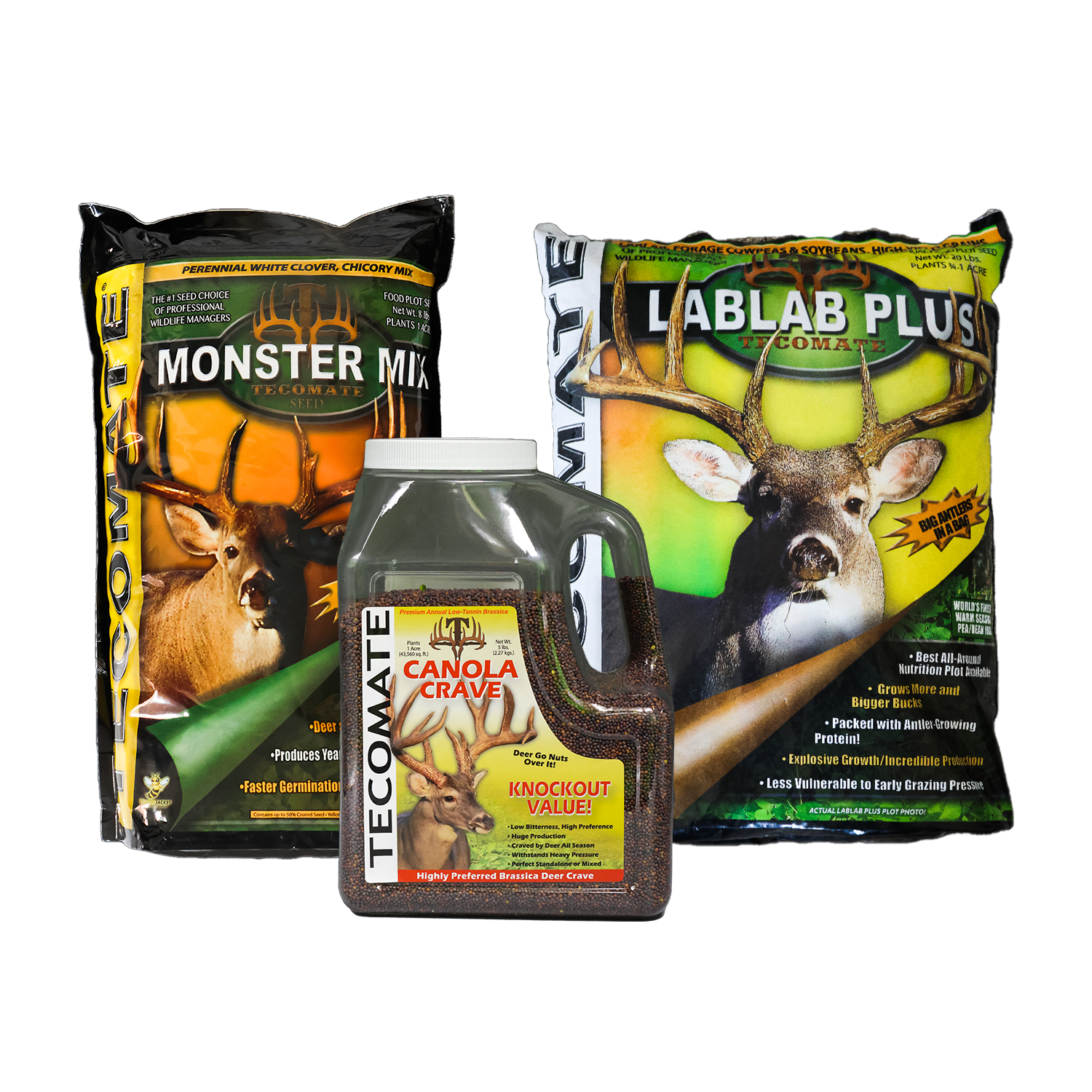
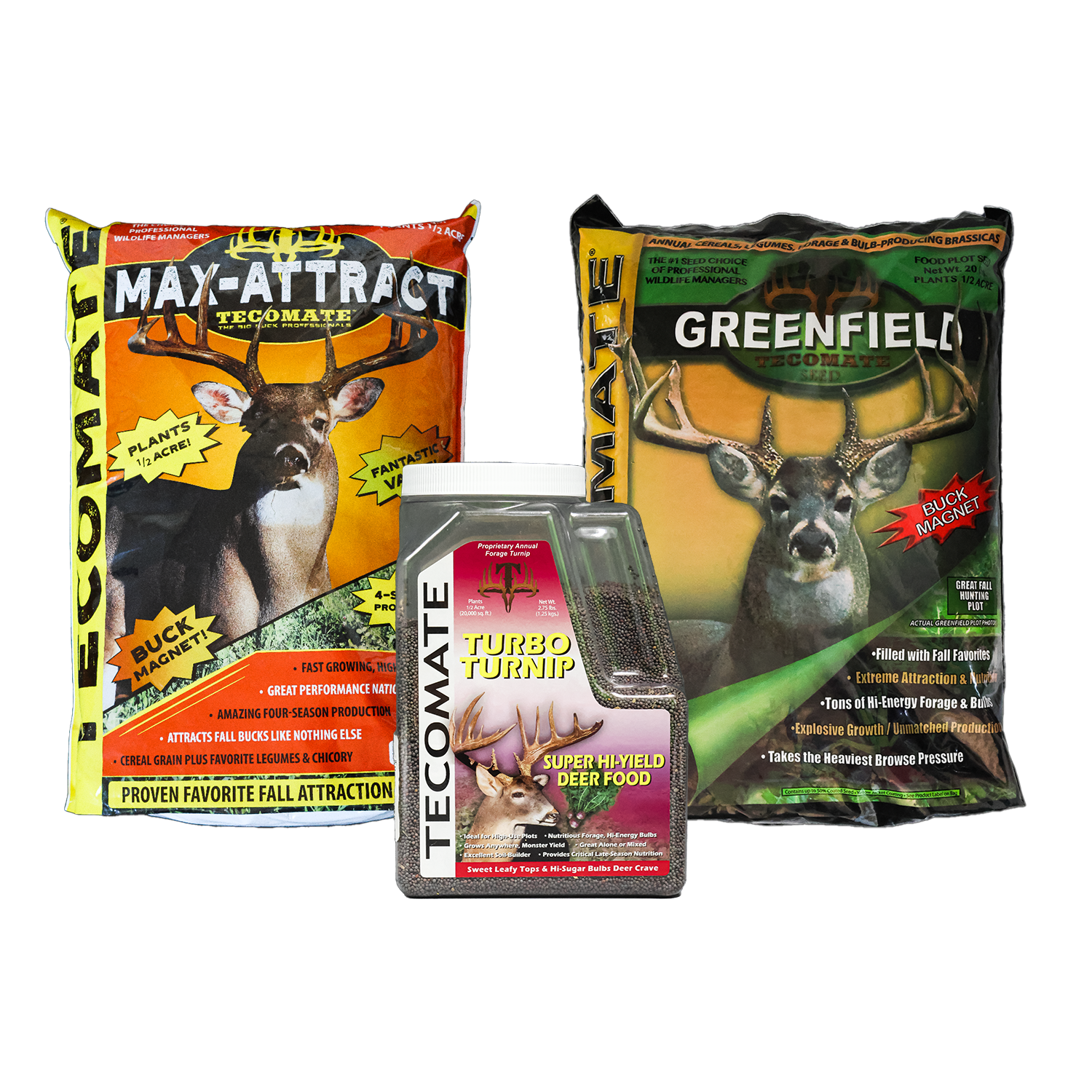
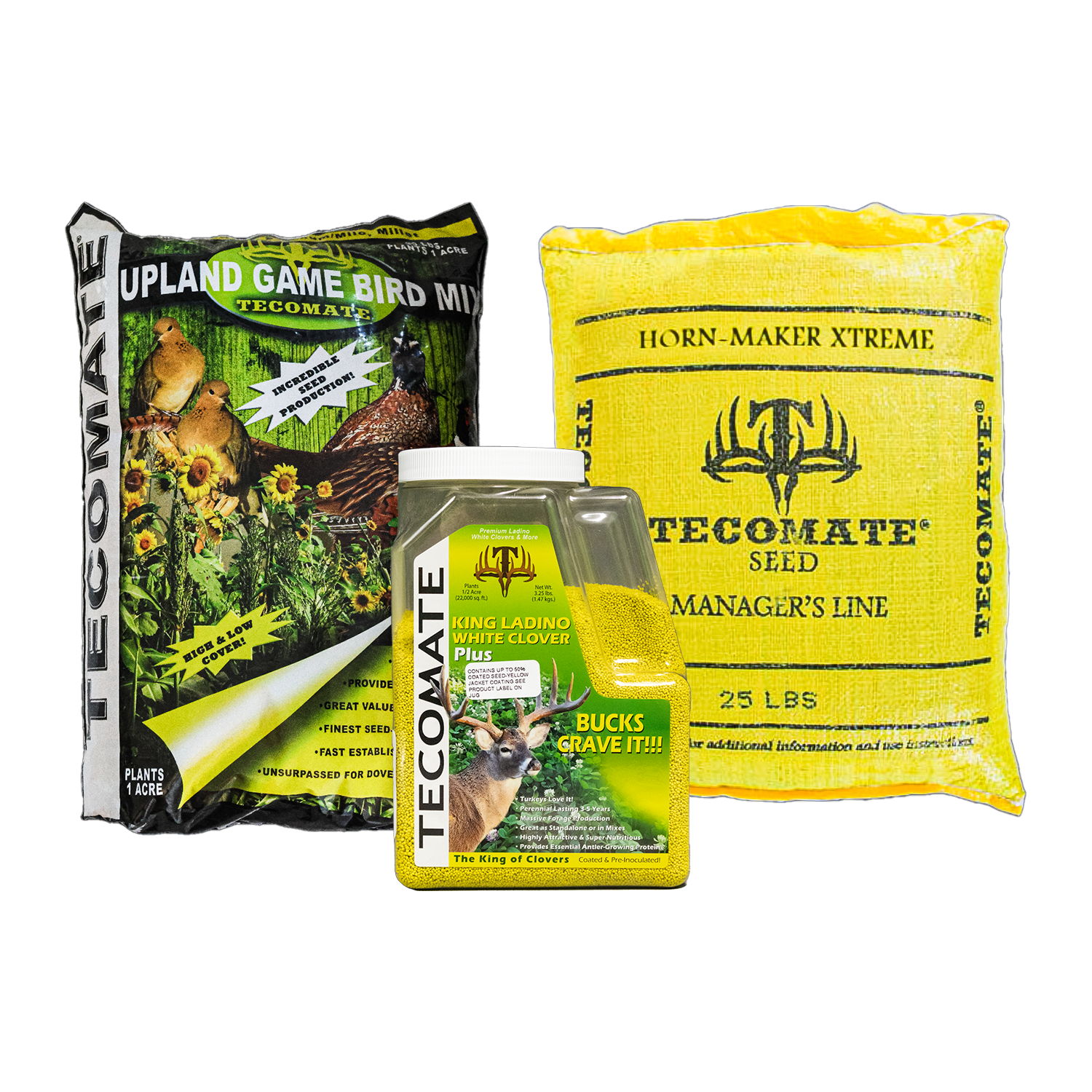
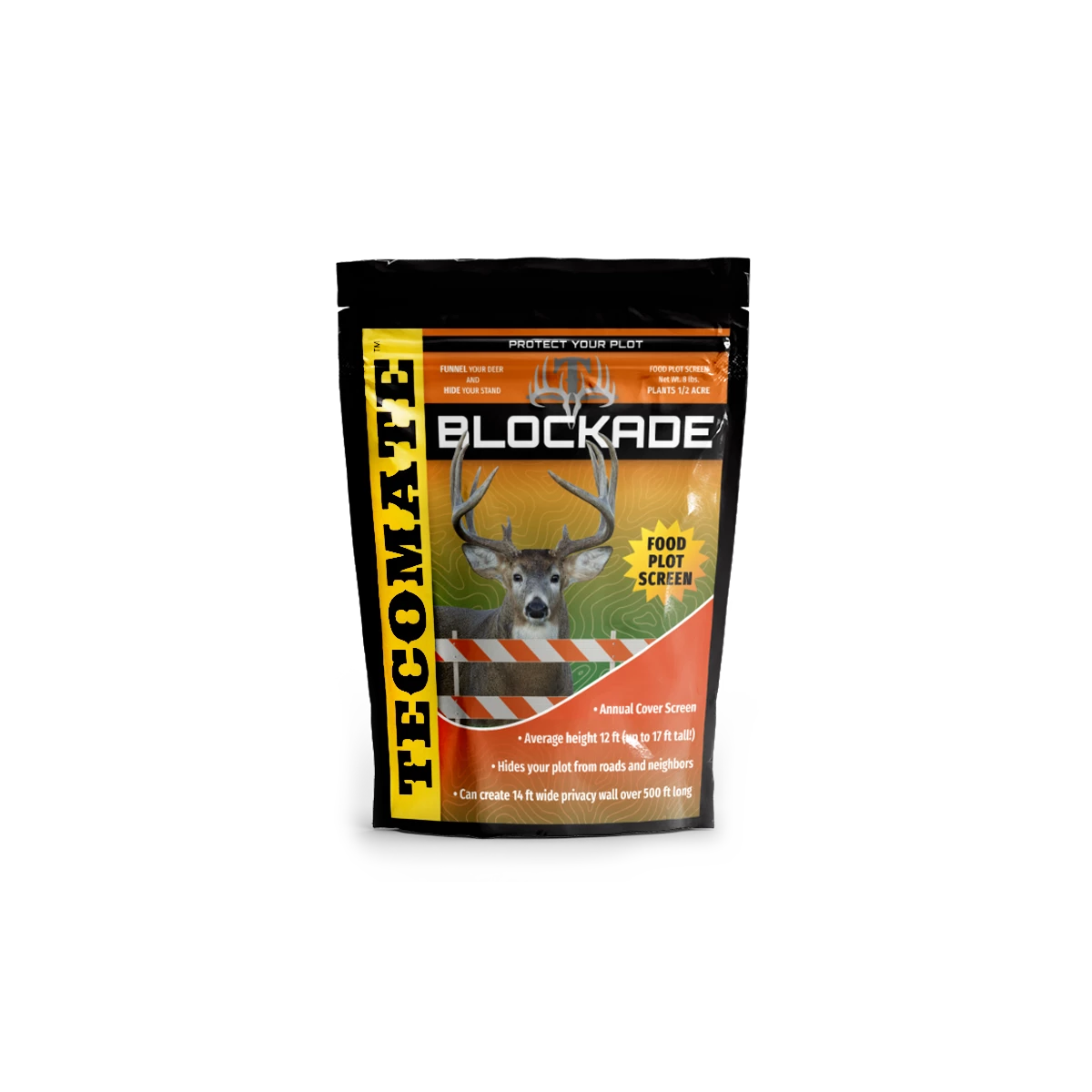
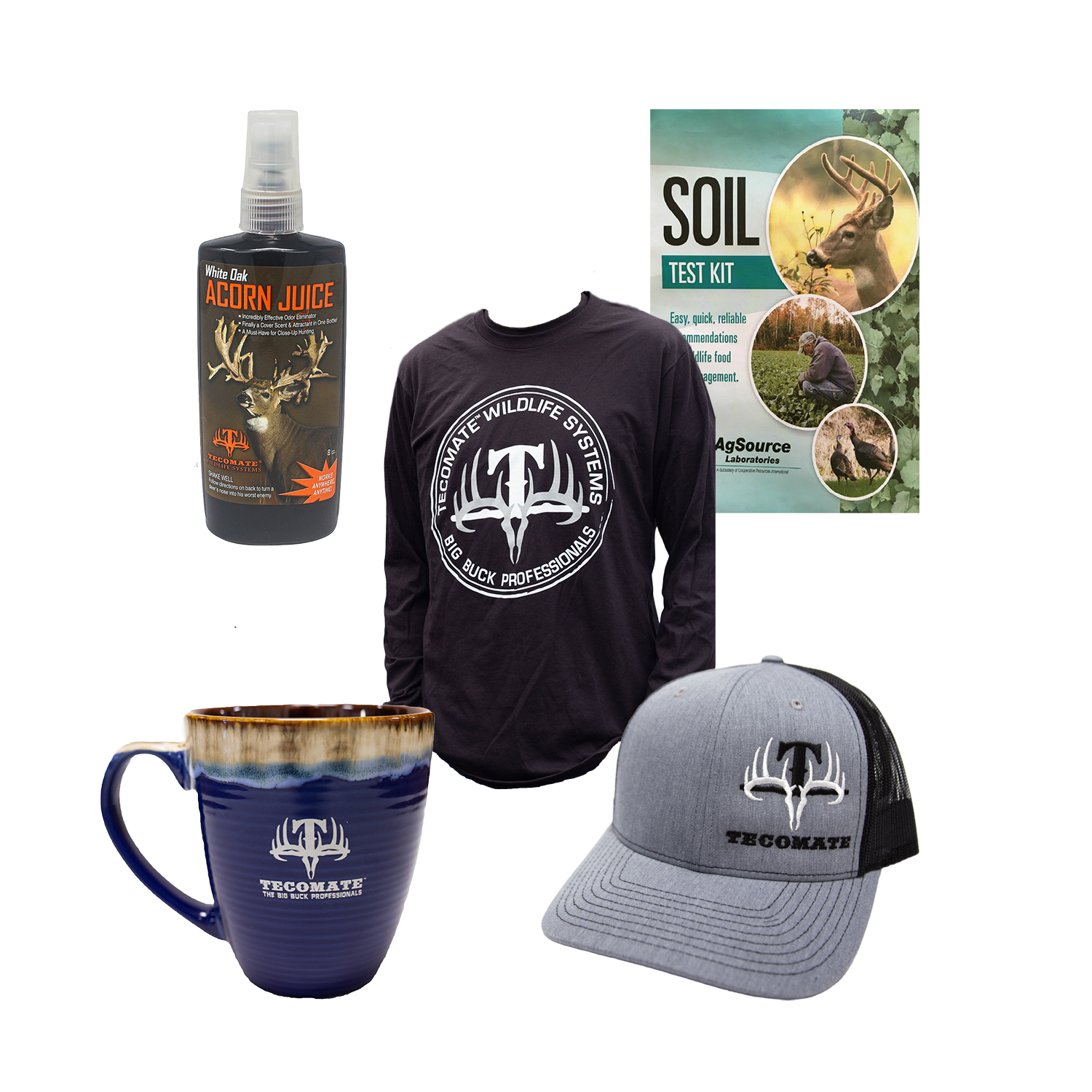
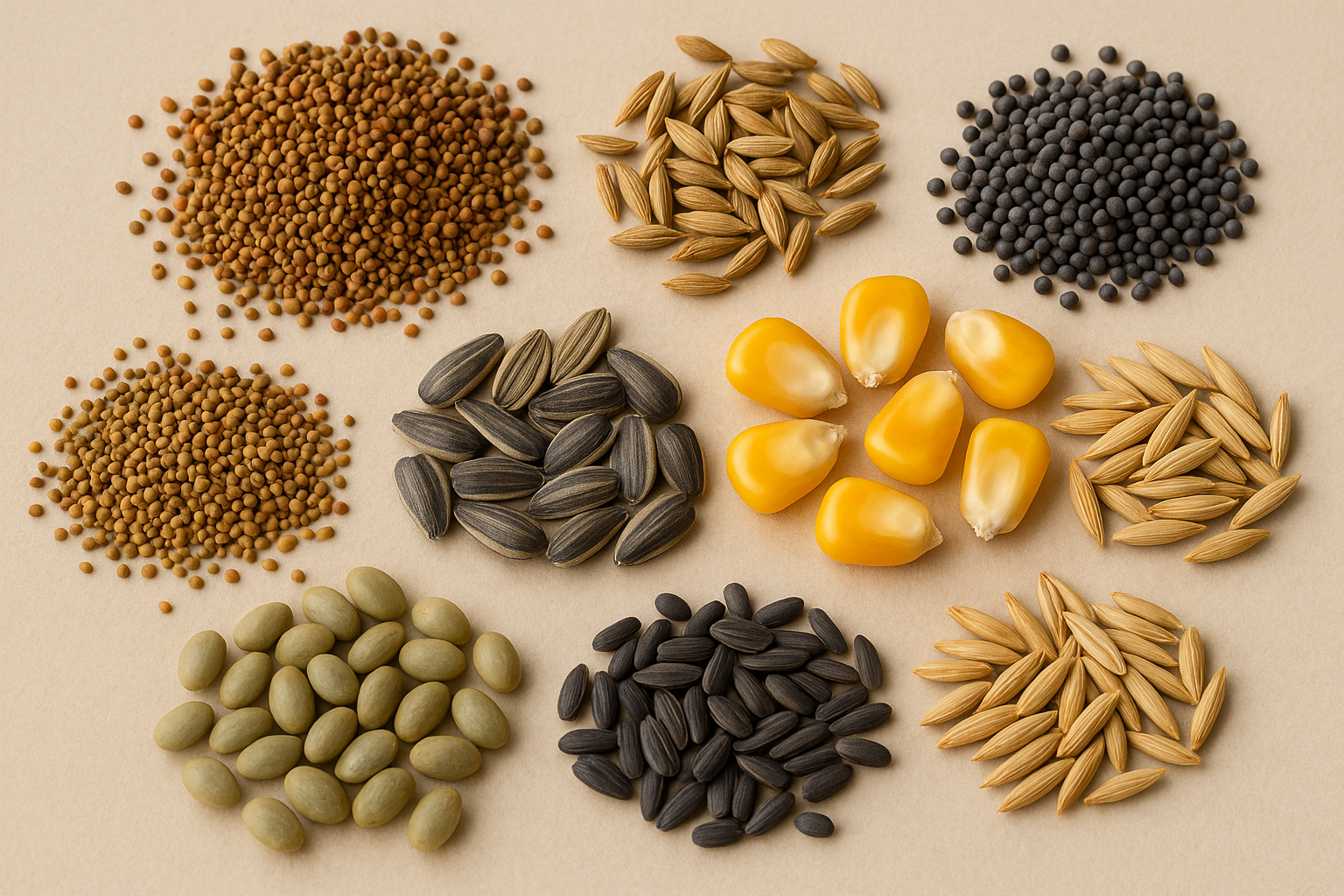
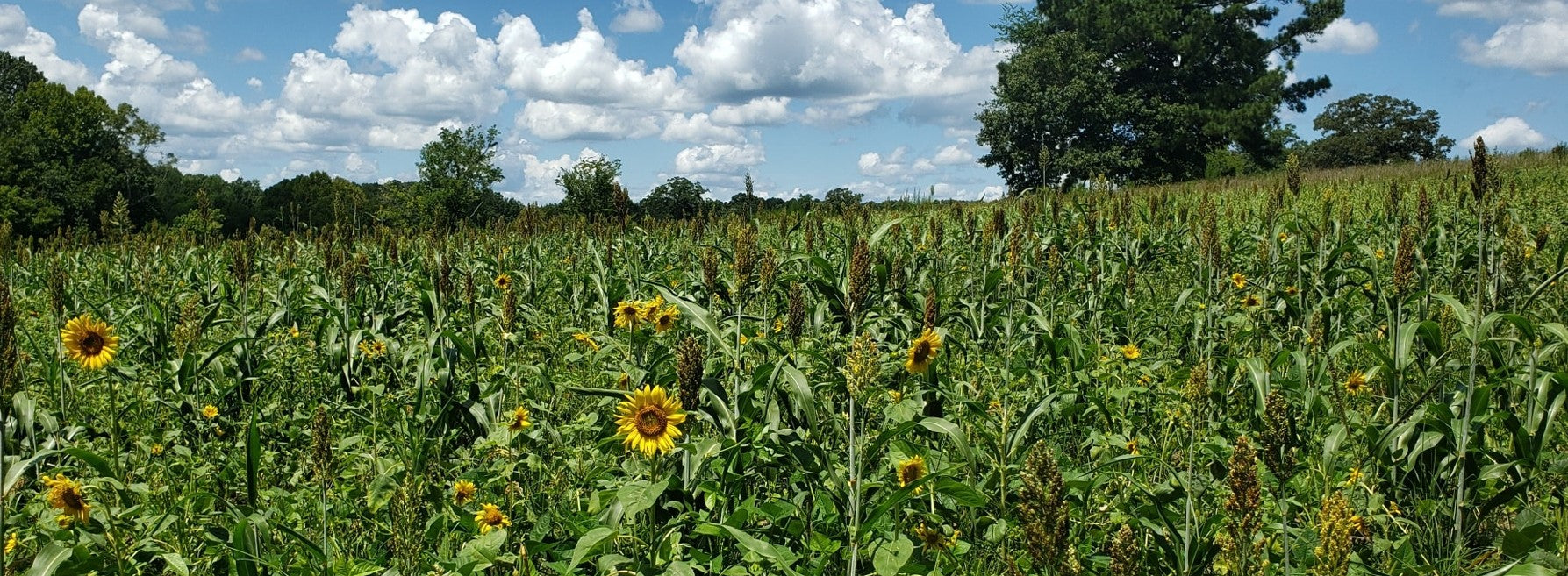
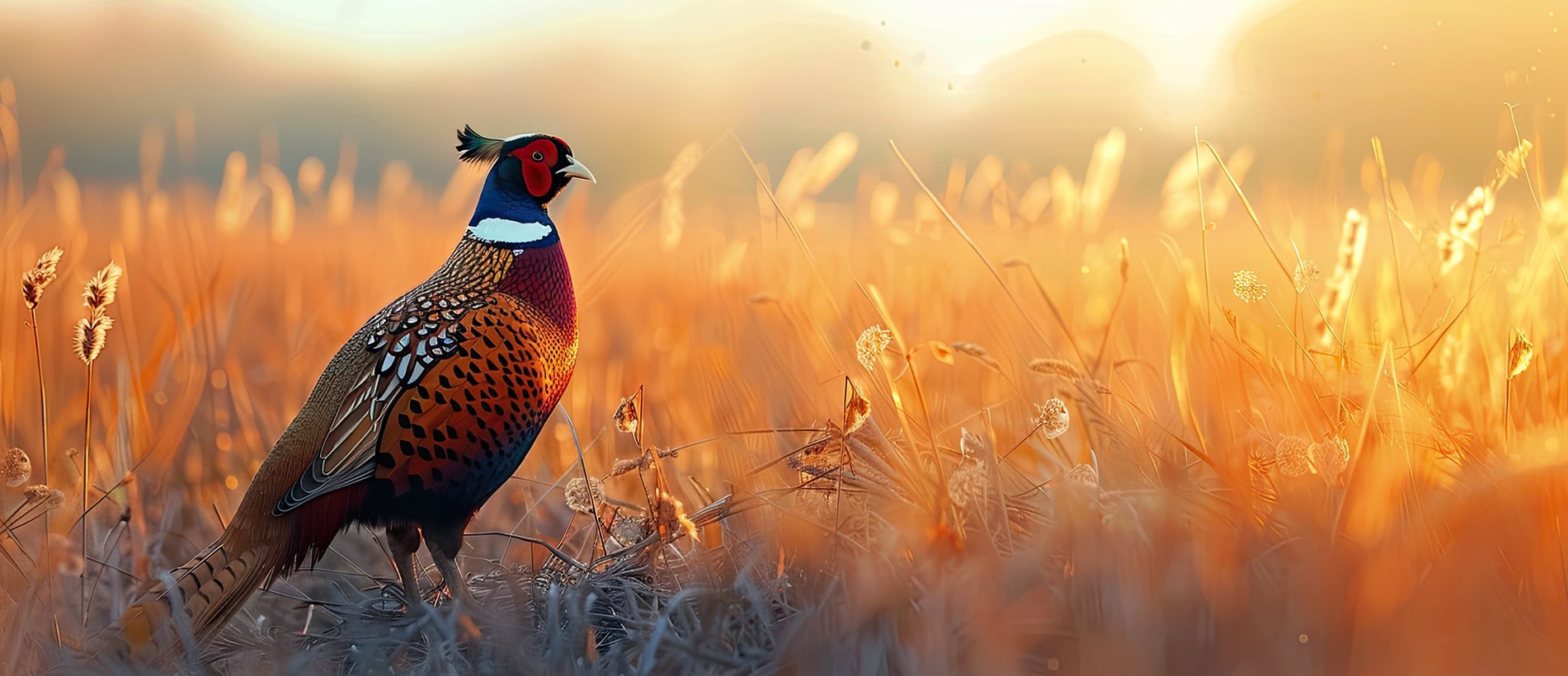

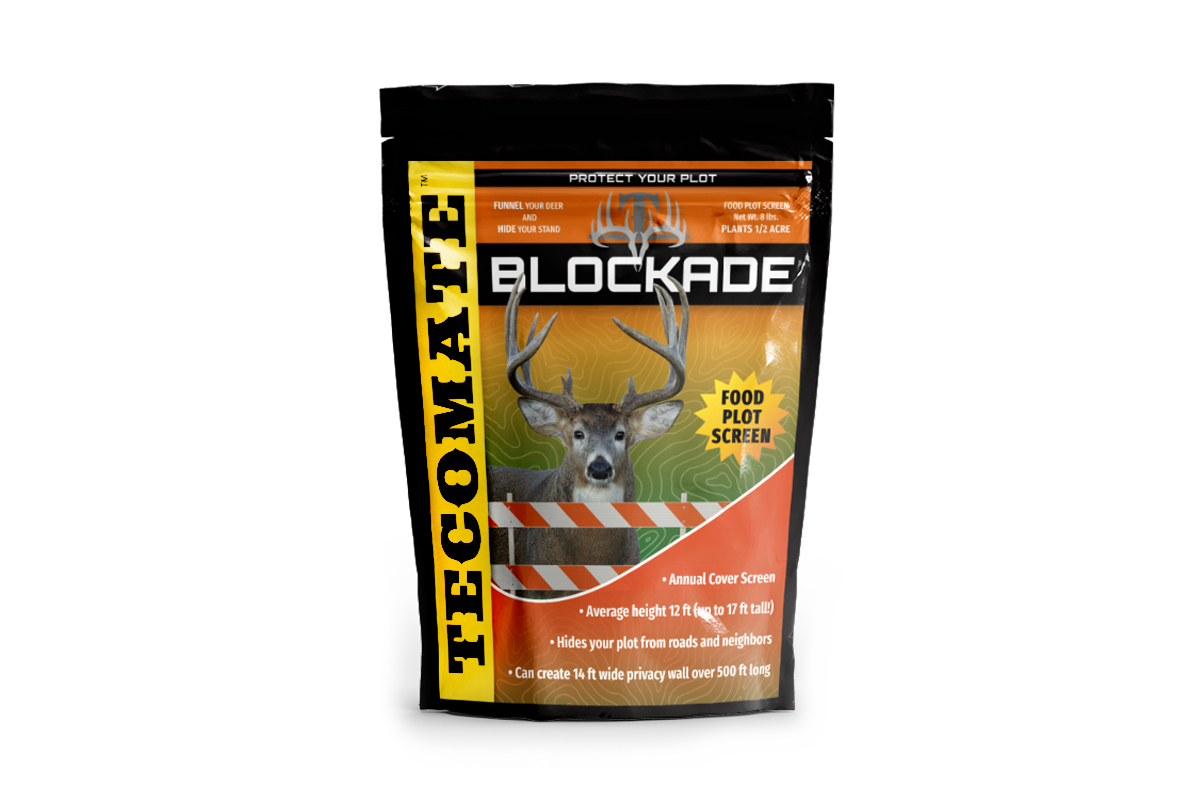

Leave a comment